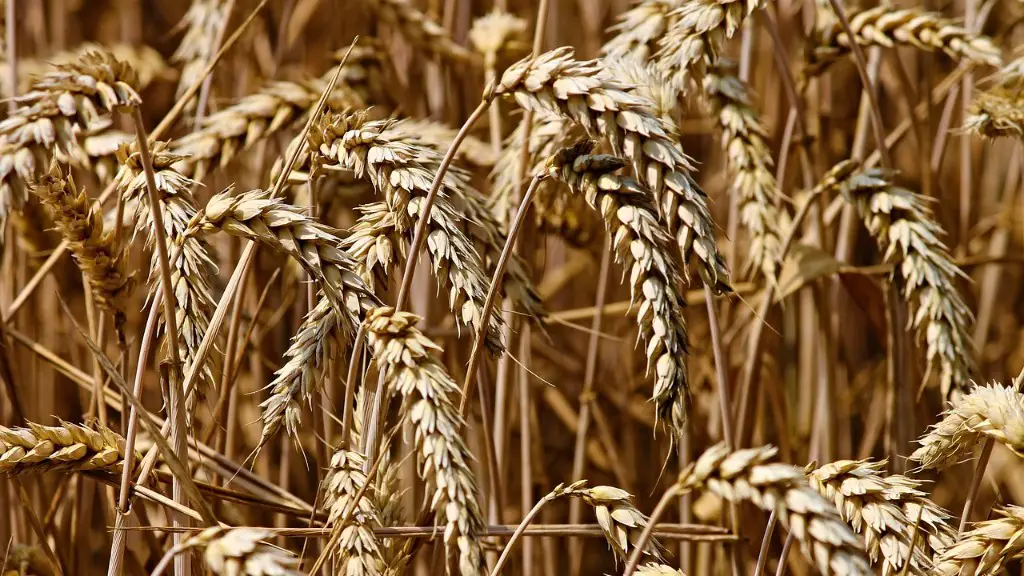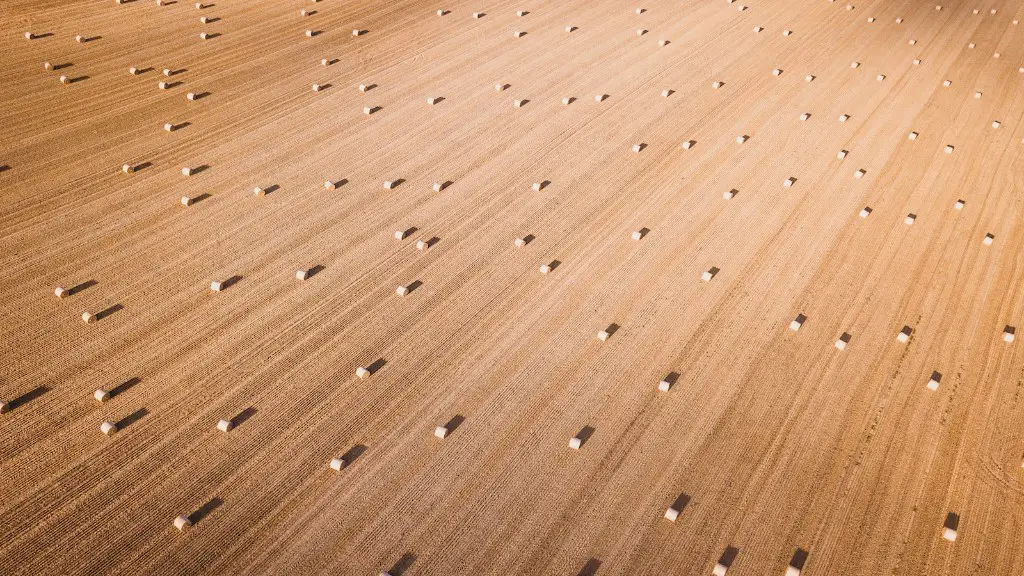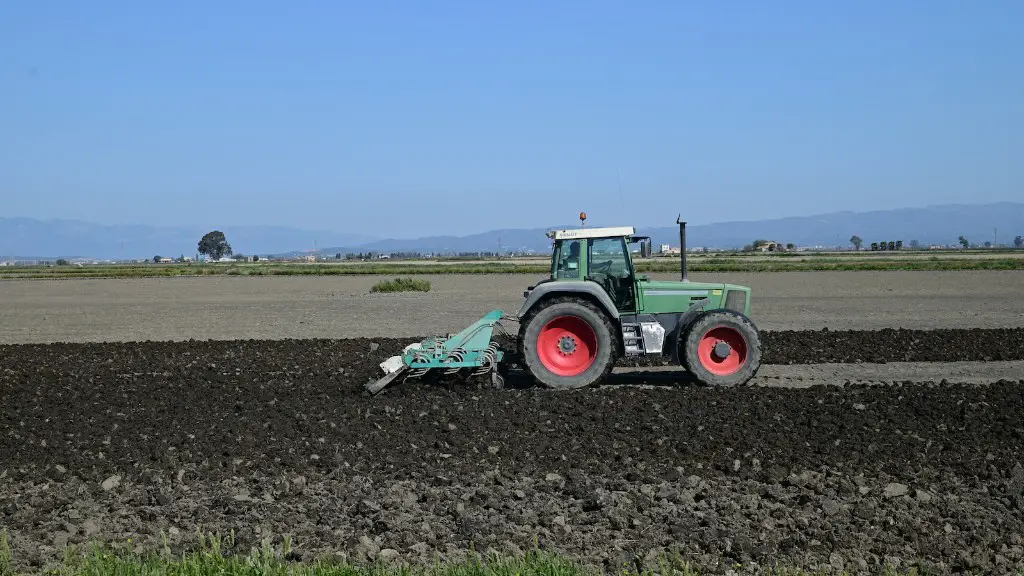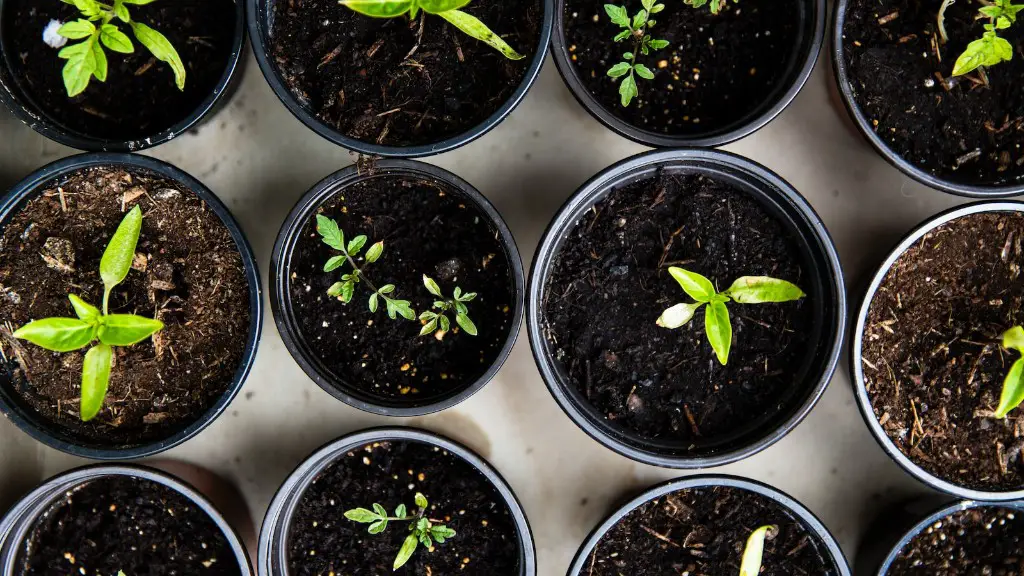Calculating cost of production in agriculture is an important component of agricultural economics. It requires a comprehensive understanding of input and output related costs which can be classified as fixed, variable and opportunity costs. Firstly, fixed costs refer to costs and expenses that occur in the production process regardless of any increase or decrease in output. These include rentals, interest payments, wages and expenses incurred on tools and equipment. Secondly, variable costs are associated with those products and services whose use varies according to the size and scale of production. They include costs related to materials and labour, transport, packaging and marketing. Finally, opportunity costs represent the resources that can be put to alternate use elsewhere which means that if the production process does not yield satisfactory outcomes, the resources will be utilized elsewhere for better results.
Input Costs
Input costs form a major component of the overall cost of production in agriculture. Costs related to labour, fertilizers, pesticides, irrigation and other inputs have to be taken into consideration when calculating cost of production. Labour costs include wages, salaries and other associated costs. Fertilizers and pesticides form major input costs and need to be carefully assessed for cost effectiveness. Irrigation is also an important factor to be taken into account as it affects the crop yield. Above all, the cost of electricity, fuel and storage also need to be considered in order to get accurate estimates of the overall cost of production.
Output Costs
Output costs include those associated with the production and storage of the produce. It includes costs incurred on harvesting, grading, packaging, storage and transportation to markets. Additionally, it may also include costing associated with wastages, marketing, sales and other related activities. Output prices depend upon the market conditions and fluctuations in demand and supply. As such, these costs have to be carefully monitored and estimated before arriving at any conclusion.
Analysis of Costs
An analysis of the input and output costs can help to arrive at more accurate estimates of the cost of production. The costs can also be monitored and controlled, if and when necessary, for better results. By comparing the cost of production of various crops, one can gain insight into the most cost-effective option. In addition, comparison of cost of production and the prices of the outputs from various methods of agriculture can also help to identify the most profitable option.
Risk Analysis
Risk analysis should also be taken into consideration while determining the cost of production. Risks associated with weather conditions, pests and diseases, fluctuating markets and other political or economic conditions can affect the cost of production and should be factored in while calculating the cost of production. Such risks can be managed and minimized to reduce overall costs and increase profits.
Tools and Resources
In order to accurately calculate cost of production, one needs access to the right tools and resources. Many farms now use software and apps to track inputs, optimize production and keep track of costs. Additionally, government-run websites and databases also provide valuable information on input and output costs as well as market analysis. By utilizing the available resources, one can ensure accurate and reliable calculations of cost of production.
Conduct Cost-Benefit Analysis
Finally, calculating the cost of production in agriculture should not be limited to just the cost of inputs and outputs but should also consider the economic benefits associated with the production process. By conducting a cost-benefit analysis, one can gain insight into the profitability of the enterprise, which can help to make better decisions in terms of investments and production activity.
Calculate Opportunity Cost
When assessing the cost of production in agriculture, evaluating the opportunities costs is vital in order to get an accurate picture of the overall cost. Opportunities costs refer to the costs associated with the resources that could have been utilized elsewhere in the production process. This means that if the resources are utilized in alternate ways, one can expect to recoup higher profits. Thus, a careful evaluation of the opportunity costs can be crucial in evaluating the cost of production in agriculture.
Understand Impacts of Climate Change
Climate change has had a tremendous impact on the cost of production in agriculture. Intense weather conditions, climatic events and droughts have all contributed to an increase in the cost of production. As such, it’s important to take into consideration the potential impacts of climate change on costs before arriving at any conclusions. Furthermore, climate-proofing measures should be taken to reduce the losses incurred due to climatic shocks and events.
Utilize Financial Services
A variety of financial services are available to help farmers reduce the cost of production. Loans, grants and other financial products can help to reduce the cost of inputs, provide access to the latest technology, and improve productivity. Furthermore, cooperatives and other forms of collective action can help to pool resources and reduce the cost of production. In order to make the most of these services, one should understand their economic implications and be prepared to commit resources in order to reduce the overall cost of production.
Explore Technology Options
With advancements in technology, various options are available to improve the cost of production. From automated systems for tracking inputs and outputs to precision agriculture tools to reduce wastage, the latest technology has opened up numerous avenues to reduce the cost of production. As such, one should explore the available options before investing in any technology solutions and understand their impacts on the cost of production.
Compete with Other Producers
Competition is an important aspect to consider when calculating the cost of production in agriculture. As producers strive to reduce their costs, they must understand the competitive landscape and assess their own capability to achieve the desired results. This can be done by understanding the prices of inputs and outputs and the cost of production of competing producers in the same region. By doing so, producers can gain an insights into the costs and shape their own approach to ensure the cost of production is maintained within desired levels.
Optimize Resources
Optimizing resources to reduce the cost of production is an important step when calculating costs. This can be done by identifying the most cost-efficient sources of labour and inputs, using precision agriculture to minimize wastage, and utilizing technology to ensure the most efficient use of resources. Furthermore, producers should also consider optimizing their operations to reduce costs. This includes adopting efficient working practices, utilizing appropriate tools and machinery, and utilizing processes that result in optimum outputs at minimum costs.
Consider Timing of Production
Finally, the timing of production also needs to be taken into consideration when assessing cost of production. This can refer to seasonal considerations, regional variations in prices of inputs and outputs, or changes in the production process due to changing market conditions. By taking into consideration the timing of production, one can better analyze costs and ensure that production is optimized as much as possible to reduce the cost of production.



